One of the goals of ice2ice is to reconstruct the history of Arctic sea ice from Greenland ice core records. Ice core scientists currently have two methods for doing this (sodium and Methanesulphonic acid, MSA) although in collaboration with colleagues in Italy (University of Venice) and Australia (Australian Antarctic Division, AAD) we are working on a third sea ice proxy: halogens.
The halogen elements (Fluorine, Bromine, Chlorine, Iodine) are highly reactive and happen to be key elements in chemical reactions that take place on the sea ice surface. Understanding the link between sea ice, halogen chemical reactions and ice cores requires that we take samples from a variety of locations, covering the range of variability in sea ice and snow deposition conditions.
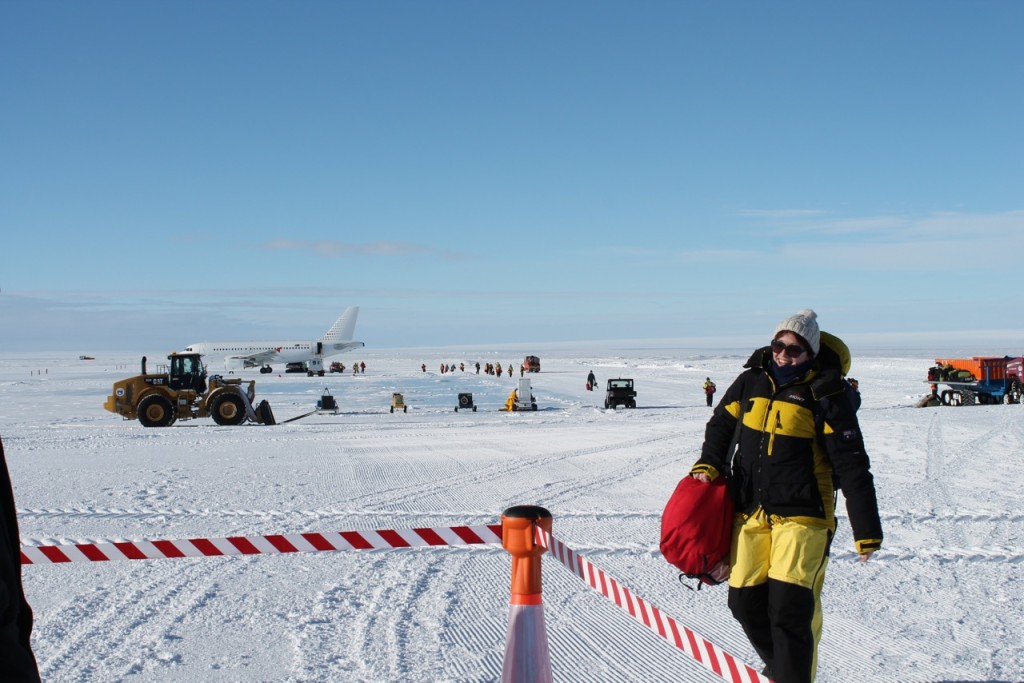
Antarctica is a great place to collect samples because most of the research into sea ice reconstructions are based on Antarctic ice cores and the sea ice variability is somewhat simpler than in the Arctic. I was able to go to East Antarctica to collect snow samples from the Antarctic coast in order to study how all three sea ice proxies (Sodium, MSA and halogens) respond to recently observed sea ice changes.
Getting to Antarctica is pretty easy nowadays: rather than taking a 3 week voyage on an icebreaker through the Southern Ocean, we can just fly there in 4 hours on an Airbus 319 which is chartered by the AAD. This service makes it possible to go to Antarctica, wait for a window of good weather at the sampling site, and then fly back to Australia in less than three weeks!
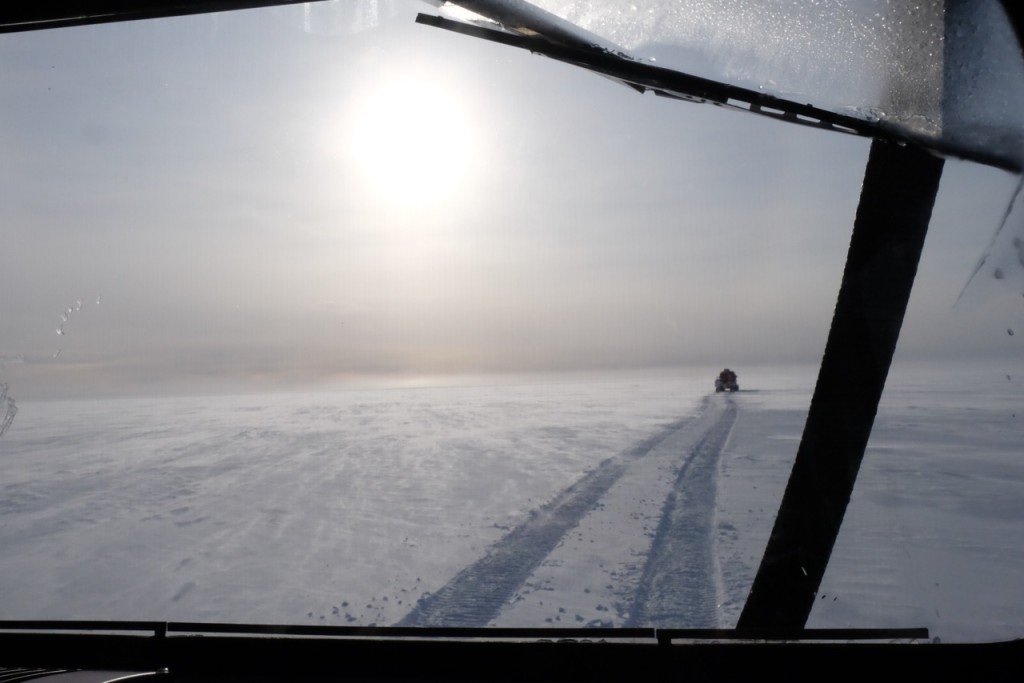
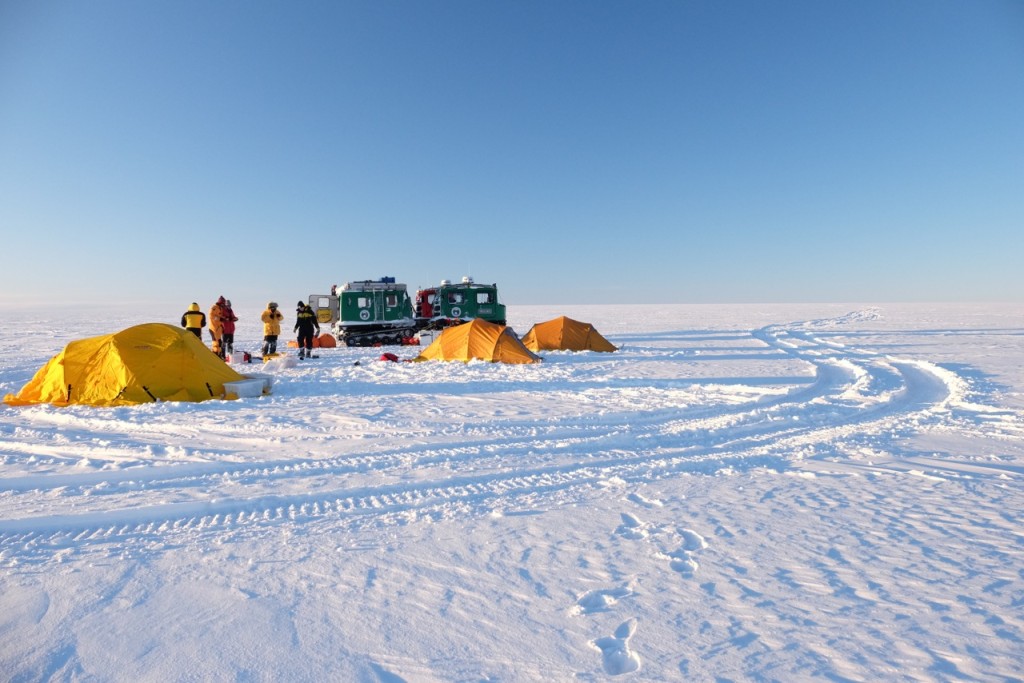
Together with Tessa Vance (AAD researcher) and an expert support team we drove up to Law Dome for the sampling. Law Dome is a special zone of high snow accumulation as it receives over a metre of snow every year, and has been a site for studying sea ice reconstructions for more than 20 years. We spent two days at Law Dome, during which we drilled an 8 metre snow core and sampled surface snow around the drill site. The support team also set up a weather station, so we know more about the local conditions at Law Dome over the coming years.
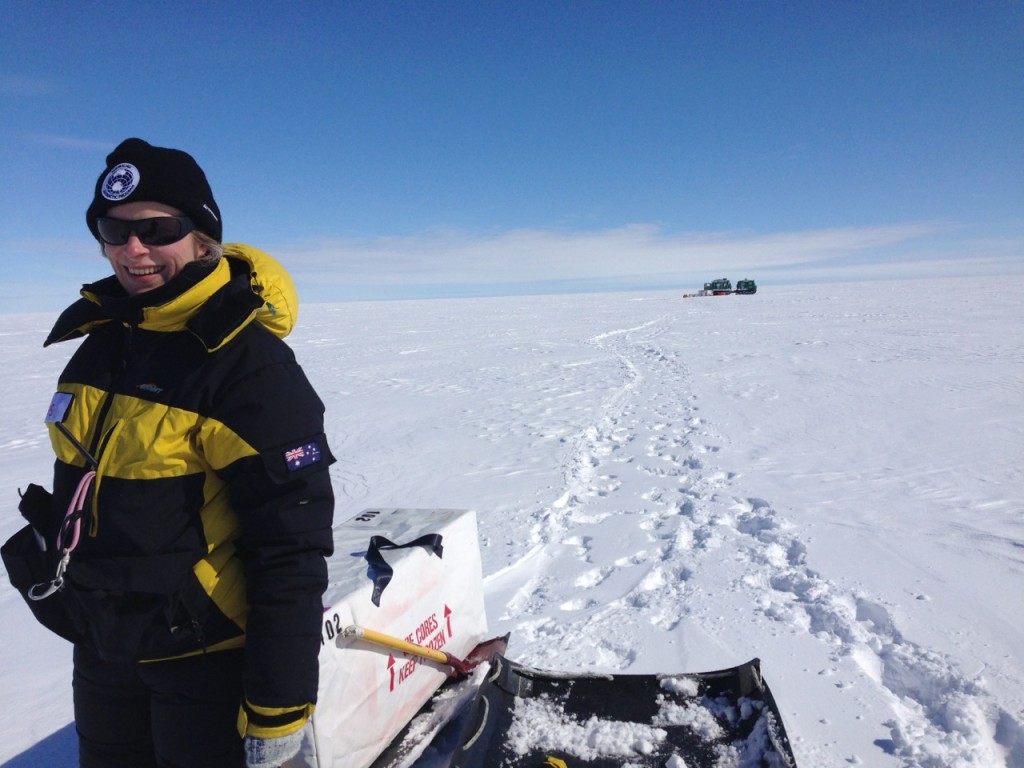
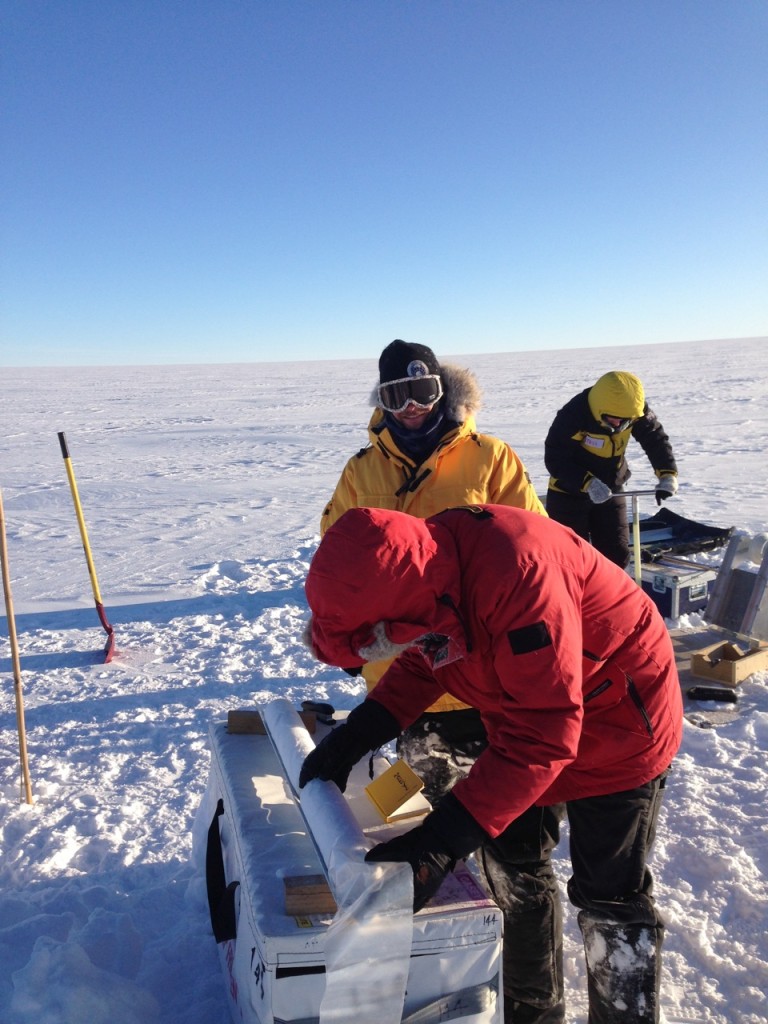
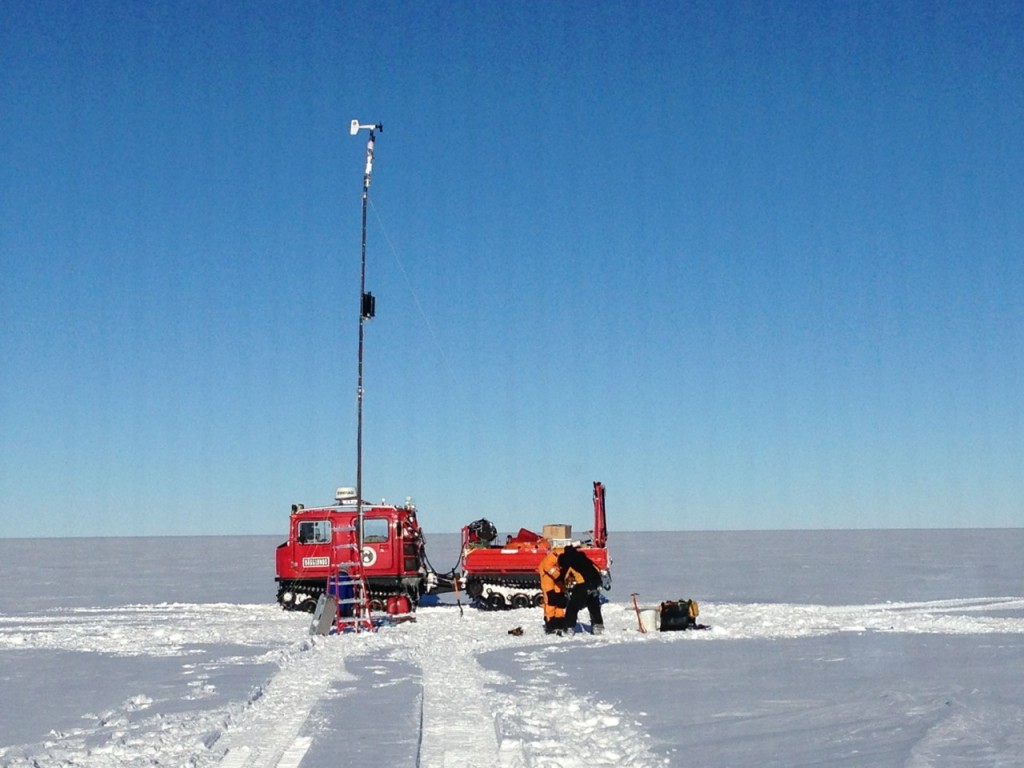
The next step is to do the measurements. All three sea ice proxies (Sodium, MSA and halogens) will be measured in parallel in the snow core and snow surface samples to produce a consistent story about sea ice at the Law Dome coast over the past 5 years. These measurements will be done in Australia, in Italy and at the Centre for Ice and Climate in Denmark.
I hope to present the results at the upcoming European Geophysical Union conference in Vienna in April.